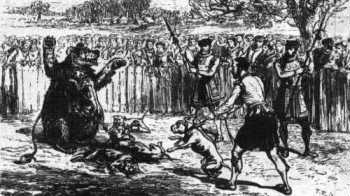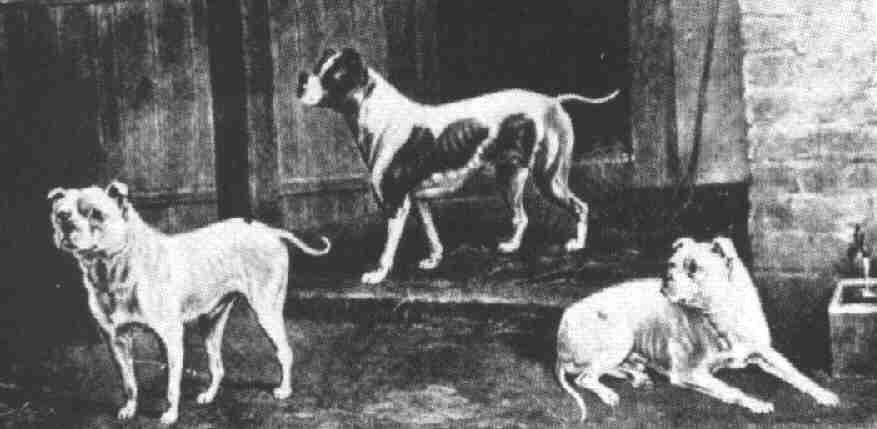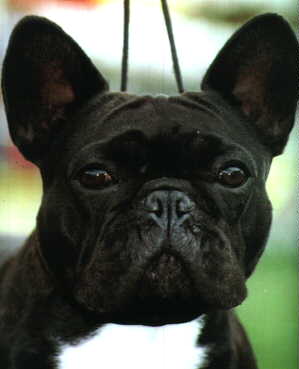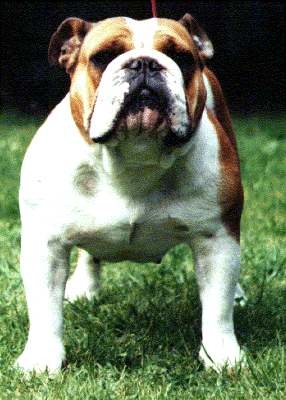Главная » 2013 Май 27 » History of the Bulldog
01:09 History of the Bulldog | |
Why were they bred?The history of the Bulldog is colourful and captivating yet horrific. Bulldogs were once a 'sporting' breed, developed in Great Britain for the purpose of bull-baiting. Bull-baiting entailed the setting of dogs onto a tethered bull. The dog that grabbed the bull by the nose and bring the bull down was the victor. This was by no means a one sided affair. It was common for dogs to be killed or maimed at these events. The earliest record of such an event is traced back to the Earl of Stamford in 1209AD. He was so entertained by the antics of some butchers' dogs chasing a bull in a meadow near his castle, that he gifted the meadow to the butchers in return for providing the same entertainment once a year. This type of event became more and more popular through the years with both the lower and upper classes. Bear-baiting and dog fighting also proved popular sports and led to the development of other breeds. Stadiums or 'pits' were constructed to house these exhibitions, the most famous of which was the Westminister Bear Pit. Bull and bear baiting reached the peak of it's popularity in the early 1800's until eventually both were made illegal in 1835.
Early Bulldogs of the 18th century engaged in bear-baiting Origins of the breed.There is much speculation as to the ancestry of the early Bulldogs, and each publication has it's own theory. It appears that the original dogs used for the baiting were derivatives from the war dogs of the ancient Britons. Invading Romans described these dogs as "broad-mouthed dogs of Britain, which can break the brawny necks of bulls". The first references to Bulldogs appeared in the early 1600's. Judging by accounts and illustrations of Bulldogs of this era, the dog was much more agile and vigorous than today's modern specimen. They were described as ferocious and fell beasts. Each and every aspect of the dog was borne out of necessity and survival of the fittest in the ring.
Bulldogs of the early 1800's The early Bulldog possessed many idosyncrasies which distinguished it from other breeds. It was relatively low in stature, with a broad chest, large blocky head which was short in the face and featured a turned up, undershot,lower mandible. The dog had loose skin with many wrinkles over the head. All of these points were assets to aid in the success of pinning the bull and are discussed in greater detail in the description of the breed standard. After the prohibition of bull-baiting and bear-baiting, the need for the Bulldog ceased to exist, and the breed was threatened by extinction. Fortunately there were a handful of stalwart bulldoggers who wished to preserve the breed and enhance it's ability as a companion dog. Around 1840 it is speculated that Pug blood was introduce into the Bulldog lines to instill an amiable temperament into the breed. This cross resulted in the appearance of smaller Bulldogs which became recognised as Toy Bulldogs, and these were eventually transformed into what we now know as French Bulldogs.
French Bulldog Bulldog fanciers of the era eventually combined to form the first Bulldog club in 1864, and together they constructed the first breed standard for the Bulldog. Once there was a blueprint to work to, a degree of consistency appeared in the breed and many examples were successful in the early dog shows. Breeders intent on breeding the ideal standard Bulldog focussed on the breeds key features, leading to the somewhat less nimble but very impressive looking Bulldogs that we know today.
A modern Bulldog | |
|
| |
| Всего комментариев: 0 | |



